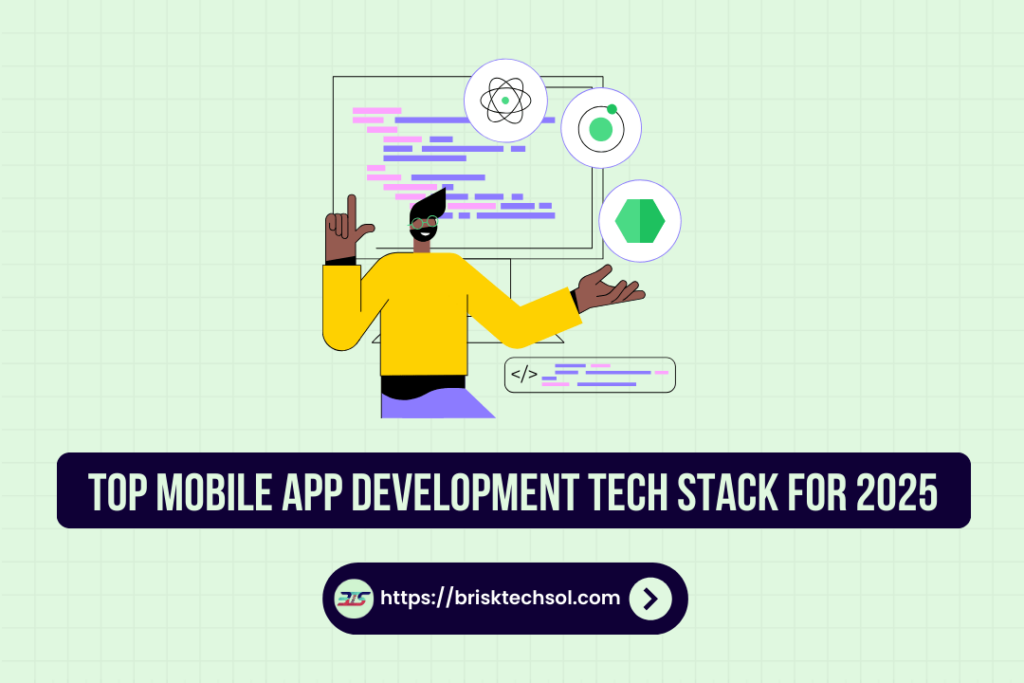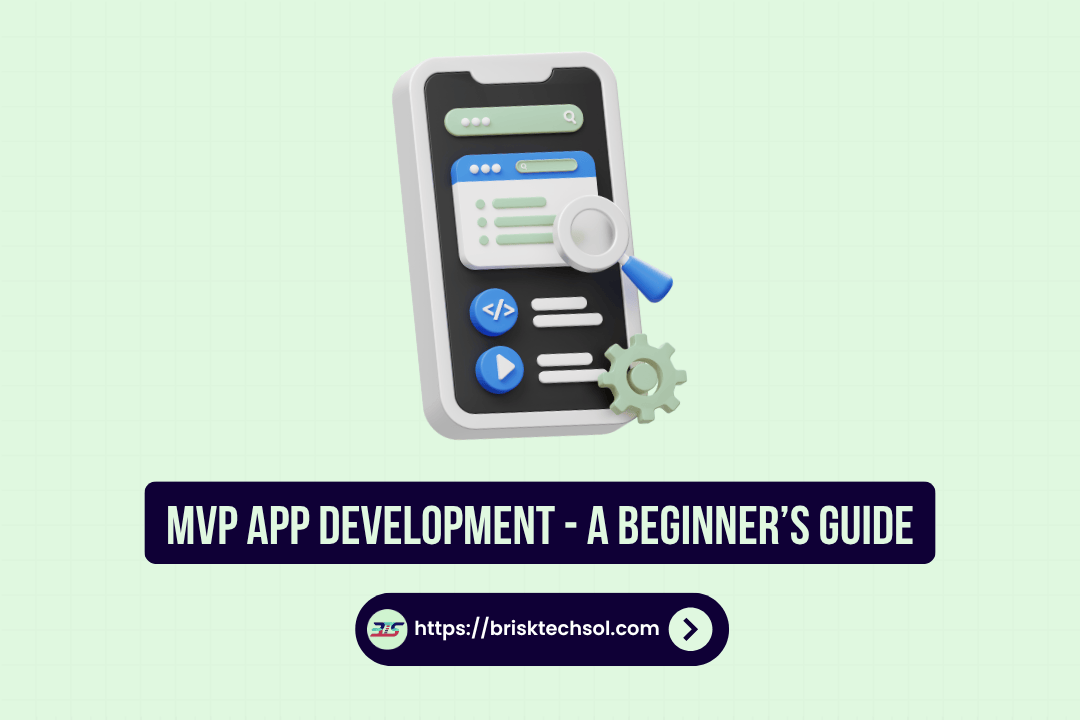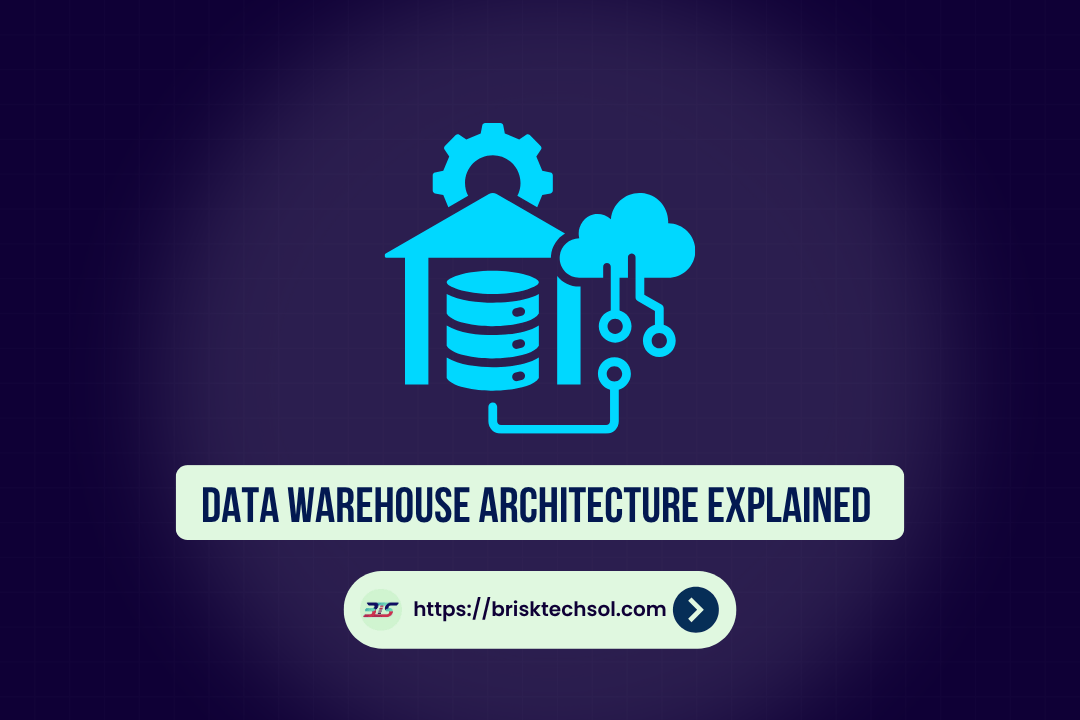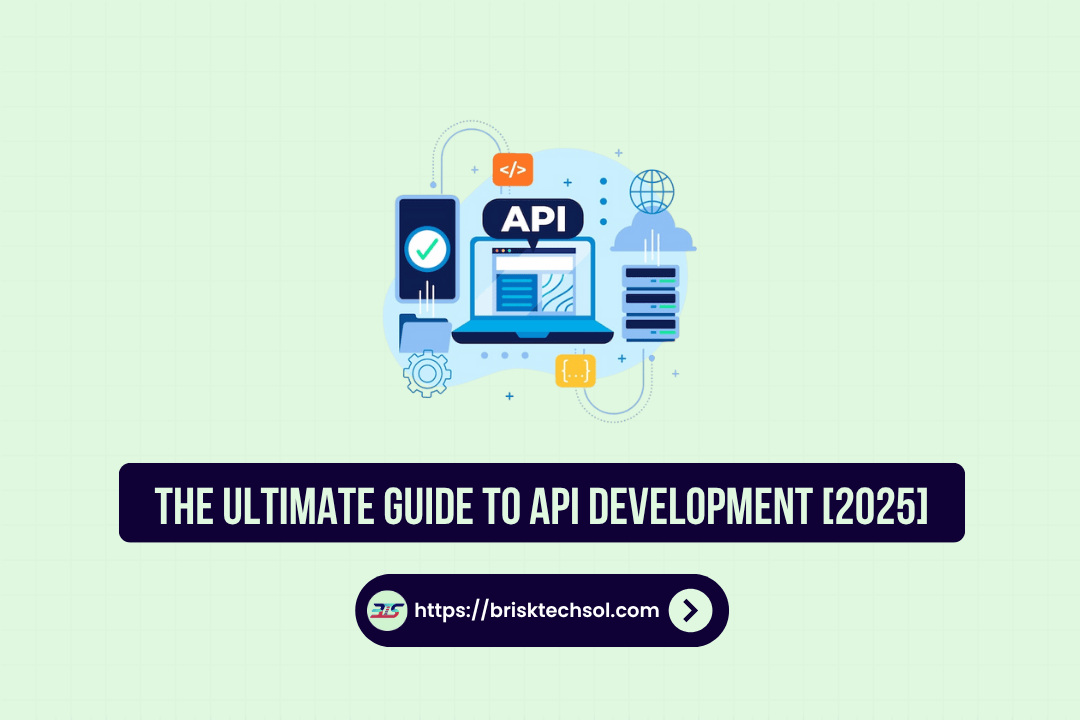Imagine developing a mobile app that not only looks stunning but performs flawlessly on every device. In 2025, choosing the right tech stack is more crucial than ever. It can make the difference between a seamless user experience and a frustrating one. This guide explores the best tech stacks for mobile app development, helping you build innovative, scalable, and efficient applications.
The Mobile App Development in 2025
The world of mobile app development is evolving rapidly. With users demanding faster, more interactive, and reliable apps, developers are continuously seeking technologies that deliver high performance while cutting down development time. In 2025, emerging trends such as AI integration, augmented reality, and IoT connectivity further push the boundaries, making the choice of tech stack a critical decision.
Trends in 2025:
- AI Integration: Enhanced personalization and intelligent features.
- Augmented Reality (AR): Immersive user experiences.
- IoT Connectivity: Seamless interaction with smart devices.
- 5G Networks: Faster data transfer and improved app responsiveness.
Why Choosing the Right Tech Stack Is Critical
The tech stack you choose serves as the foundation for your mobile app. It influences performance, scalability, security, and even user experience. A well-chosen stack not only reduces development time and costs but also ensures that your app can evolve with new technologies and user expectations.
Benefits of a Strong Tech Stack:
- Efficiency: Faster development cycles and streamlined workflows.
- Scalability: Ability to handle growing user bases and increased data loads.
- Security: Enhanced measures to protect sensitive information.
- Performance: Smoother interactions and reduced app crashes.
- Maintenance: Easier updates and integration of new features.
Top Tech Stacks for Mobile App Development
In 2025, several tech stacks stand out for mobile app development. Each offers distinct advantages depending on your project needs.
Native Development
Native app development involves building separate apps for iOS and Android using platform-specific languages and tools.
For iOS:
- Language: Swift (or Objective-C for legacy projects)
- Tools: Xcode, Interface Builder
- Benefits: Optimal performance, seamless integration with Apple’s ecosystem
For Android:
- Language: Kotlin (or Java)
- Tools: Android Studio, Jetpack Compose
- Benefits: Access to Android-specific features, high performance, robust community support
Cross-Platform Development
Cross-platform frameworks allow developers to write a single codebase that runs on both iOS and Android, saving time and resources.
Popular Cross-Platform Frameworks:
- React Native:
- Language: JavaScript/TypeScript
- Advantages: Large community, rich ecosystem, near-native performance
- Flutter:
- Language: Dart
- Advantages: Fast development with hot reload, expressive UI, great performance
- Xamarin:
- Language: C#
- Advantages: Seamless integration with Microsoft tools, shared code across platforms
Progressive Web Apps (PWAs)
PWAs are web applications that behave like native apps. They are accessed through a browser but offer features such as offline access, push notifications, and home screen installation.
Key Benefits of PWAs:
- Cost-Effective: Single codebase for all devices.
- Easy Updates: Instant updates without the app store review process.
- Broad Reach: Accessible via URL and works on any device with a browser.
Comparing the Top Tech Stacks
Below is a table summarizing key differences between native, cross-platform, and PWA approaches:
| Aspect | Native | Cross-Platform | PWA |
|---|---|---|---|
| Performance | Highest | Near-native performance | Good, but may lag in complex apps |
| Development Time | Longer (separate codebases) | Faster (single codebase) | Fastest (web-based, no installation) |
| User Experience | Optimal, tailored for each OS | Consistent, but slight compromises | Improving, but not fully native feel |
| Maintenance | More effort (separate apps) | Easier (shared code) | Simplified updates via web |
| Cost | Higher (separate teams) | Lower (shared resources) | Lower (web development cost) |
Factors to Consider When Choosing a Tech Stack
When selecting the best tech stack for your mobile app in 2025, consider the following factors:
Project Requirements
- Target Audience: Determine which platforms your users predominantly use.
- Feature Complexity: Evaluate if your app requires high-performance features or can be supported by a cross-platform framework.
- Time-to-Market: Consider development speed versus long-term maintainability.
Budget and Resources
- Development Costs: Native apps typically require more investment compared to cross-platform or PWAs.
- Team Expertise: Leverage the skills of your development team; familiarity with a specific language or framework can accelerate development.
Future Scalability and Maintenance
- Flexibility: Ensure your tech stack can adapt to new technologies and trends.
- Support and Community: A vibrant community and robust support can make a significant difference when troubleshooting issues or implementing updates.
Security and Performance
- Data Protection: Choose stacks with strong security measures to safeguard user data.
- Performance Needs: Assess the performance requirements of your app, especially if you’re targeting high-traffic scenarios.
Best Practices for Mobile App Development in 2025
Regardless of the tech stack you choose, following best practices can lead to a more successful app launch:
Design with the User in Mind
- Intuitive Interfaces: Focus on user-friendly design and clear navigation.
- Accessibility: Ensure your app is accessible to all users, including those with disabilities.
Prioritize Security
- Encryption: Always encrypt sensitive data both in transit and at rest.
- Regular Updates: Keep your app and backend services updated to patch vulnerabilities.
Optimize Performance
- Testing: Use rigorous testing methods to ensure your app performs well under various conditions.
- Monitoring: Implement performance monitoring tools to track and address issues post-launch.
Plan for Scalability
- Modular Architecture: Build your app in a way that allows for easy updates and feature additions.
- Cloud Services: Leverage cloud platforms to handle scaling as your user base grows.
Conclusion
In 2025, choosing the right tech stack for mobile app development is crucial for delivering a high-performance, secure, and scalable product. By evaluating your needs, considering emerging trends, and following best practices, you can build an app that delights users and drives business growth. Invest wisely, innovate continuously, and let your app shine.
FAQs
1. What is the best tech stack for mobile app development in 2025?
There isn’t a one-size-fits-all answer. The best tech stack depends on your project’s specific requirements, budget, and target audience. Options include native development (Swift for iOS, Kotlin for Android), cross-platform frameworks (React Native, Flutter), and PWAs.
2. How do I decide between native and cross-platform development?
Consider factors like performance needs, time-to-market, and budget. Native development offers the best performance and integration, while cross-platform frameworks allow for faster development with a single codebase.
3. Are Progressive Web Apps a good option for 2025?
Yes, PWAs are cost-effective and offer broad accessibility. They’re ideal if you want to reach users across different devices without developing separate native apps.
4. How important is security in choosing a tech stack?
Extremely important. A secure tech stack protects user data, builds trust, and ensures regulatory compliance. Prioritize frameworks with robust security features.
5. What emerging trends should I consider for my mobile app?
Look into AI integration, IoT connectivity, AR/VR capabilities, and the benefits of 5G. These trends will shape user expectations and drive innovation.









